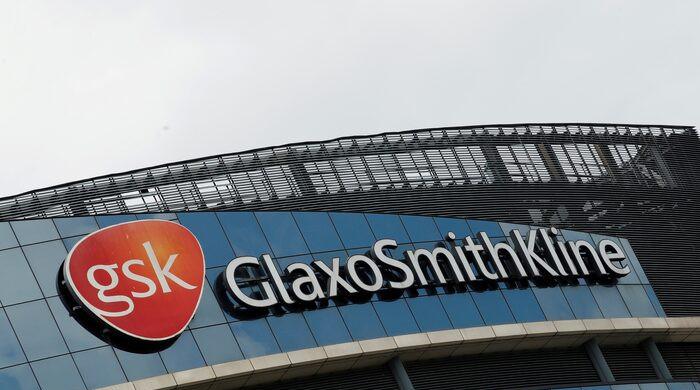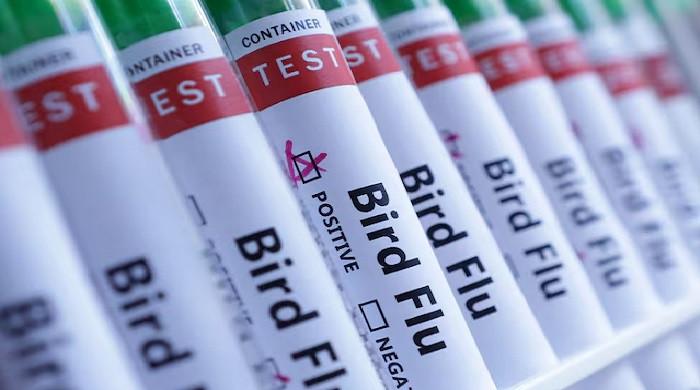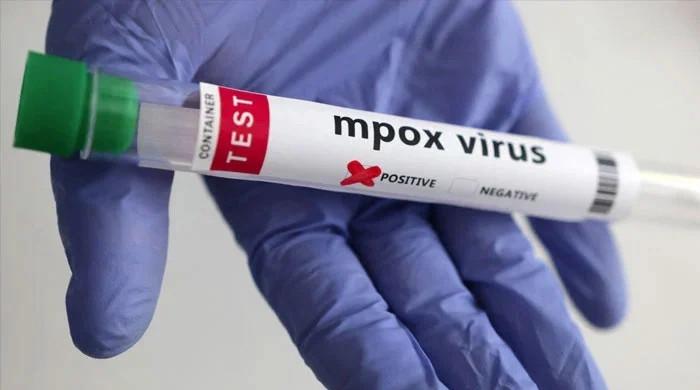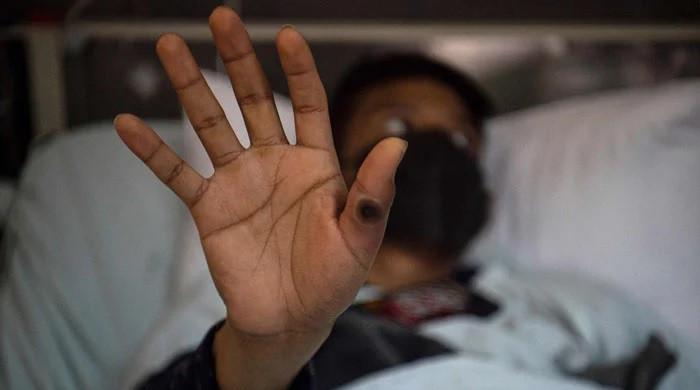Govt approves up to 262% hike in prices of nearly 100 medicines
Long-term shortages of lifesaving medicines prompt the federal cabinet to allow rationalising prices of drugs
September 24, 2020
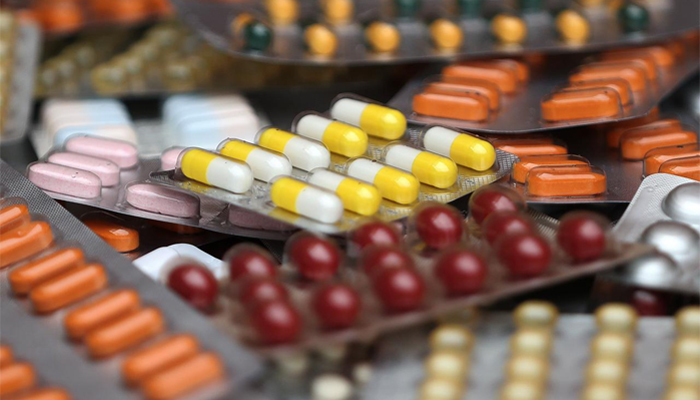
ISLAMABAD: The federal government has approved a hike as high as 262% in the prices of nearly 100 local and imported medicines in Pakistan, a notification issued Thursday said.
Long-term shortages of some key or lifesaving medicines prompted the federal cabinet to allow rationalising prices of drugs that had been reported to be in short supply due to unrealistically low prices.
This change was approved for drugs in the “hardship category” on the recommendation of the Drug Pricing Committee (DPC) under the Drugs Pricing Policy of 2018, said an official of Drug Regulatory Authority of Pakistan (DRAP).
Over the years, the allowed price increase of these drugs were insufficient to prevent non-availability and consequent selling of such drugs on the black-market, as well as to a lack of control of the quality of drugs obtained in this way, outside official channels.
Taking these factors into consideration, the DPC in its 37th, 38th and 39th meetings recommended increases in the prices of these non-available or scarce drugs to the Federal Government.
According to the notification, seen by Geo News, the drugs that have become costlier include those used to treat fever, headache, heart diseases, malaria, diabetes, sore throat, flu, abdominal and stomach pains, skin diseases, postpartum issues, and eye, ear, tooth, mouth, and blood infections, as well as certain antibiotics.
Among these are 68 local medicines and 26 imported ones.
It added that pharmaceutical companies would not be allowed to raise prices further until June 2021.
The DRAP official said that the list of drugs whose prices have been allowed to increase include:
- furosemide injections (for emergency use in high blood pressure)
- acetazolamide tablets (for glaucoma)
- hydralazine tablets (for lowering blood pressure)
- carbamazepine tablets and suspension (for epilepsy)
- atropine sulphate injection (used in emergencies)
- magnesium sulphate (used to treat seizures due to pre-eclampsia during pregnancy)
- hydroxyurea, daunorubicin, bleomycin (all used in the treatment of cancer)
- nitroglycerin and glyceryl trinitrate (emergency heart medicines)
- anti-rabies vaccine
As an example, the price of acetazolamide tablets has been fixed at Rs 60.45 for a pack of 30 tablets for over a decade, despite increases in the cost of the raw material needed to produce this drug in the international market, the devaluation of the rupee and other factors such as increase in the price of packaging material and reduced volume of usage compared to the past.
“What this has meant is that this drug, which is not commonly used, but is nevertheless essential in some clinical situations, has been available only on the black-market, at greatly inflated prices,” he added.
The decision to allow necessary increases in the prices of such drugs will enable viable manufacture and ready availability of these essential medications to the public, instead of forcing people to purchase medicines of dubious quality at exorbitant black-market prices.
Speaking to the media, Special Assistant to the Prime Minister on Health Dr Faisal Sultan said drugs that are more expensive now "are the life-saving ones and those with old formulas".
"These drugs become unavailable due to a lack of appropriate change in their prices and end up being sold on the black market," Dr Sultan said.
"It is important to ensure that the prices of medicines be affordable to everyone," he added, noting that drugs available at higher prices earlier will now be readily available instead.
The job of the government and DRAP, he explained, is to ensure the availability of medicines to everyone in the country.
The SAPM said the prices of such medicines had to be bumped up slightly, "just enough to make sure they are available to the common people".
Addressing an assumption that the federal government may have given in to drug-makers' demands, he said: "We did now bow down to pressure from pharmaceutical companies.
Dr Sultan said a list of medicines that have become costlier would be posted on the website.
"We are working on a new pricing policy," he said, adding that the government was bringing reforms in all health institutions.
With additional input from APP.





